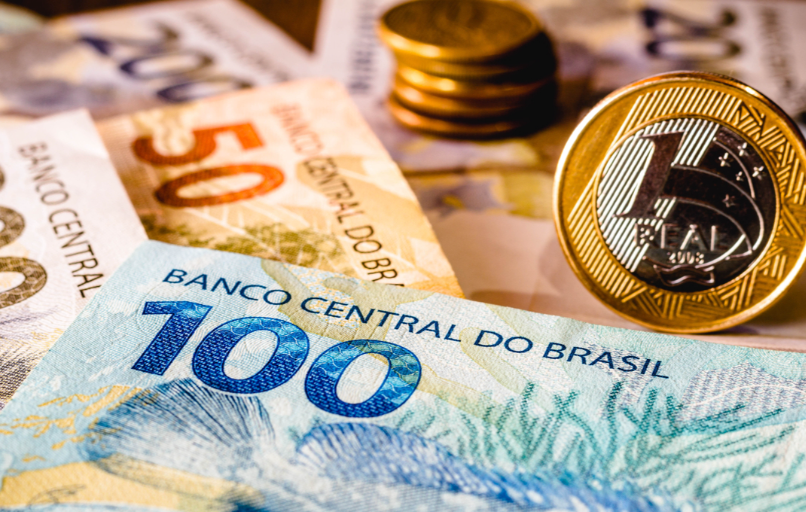$KCZ25 $RMX25 #CoffeeMarket #ArabicaCoffee #RobustaCoffee #BrazilianReal #CommodityTrading #Agriculture #CoffeePrices #MarketTrends #EconomicInsights #Investing
How Did the Surge in Brazilian Real Boost Arabica Coffee Prices?
In the latest arabica news, December arabica coffee (KCZ25) experienced a notable uptick, closing at +5.20 (+1.38%) on Thursday. In contrast, November ICE robusta coffee (RMX25) saw a slight decline, closing down -3 (-0.07%). This mixed performance in coffee prices reflects ongoing market dynamics, particularly influenced by fluctuations in the Brazilian real and weather forecasts impacting coffee-growing regions.
Arabica coffee prices are often sensitive to currency movements, especially when considering Brazil’s significant role as a leading coffee producer. The recent strengthening of the Brazilian real against the US dollar is a crucial factor. As the real appreciates, it makes Brazilian coffee more expensive for international buyers priced in dollars, which can lead to increased demand for arabica coffee. Consequently, this demand surge contributes to the recent price increase in arabica coffee futures.
Conversely, robusta coffee, which is a different grade and often viewed as less premium than arabica, faced downward pressure. The robusta market’s decline to a one-week low may be attributed to a combination of factors, including changing consumer preferences and supply chain challenges. The growing popularity of specialty coffee has led consumers to favor arabica, putting additional strain on robusta prices.
Weather forecasts are another critical element impacting coffee prices. Reports indicate that showers are expected next week across Brazil’s coffee-growing regions. While precipitation is generally beneficial for coffee crops, it can also create uncertainty in the marketplace. For instance, if excessive rainfall occurs, it could hinder harvesting operations and affect the quality of the crop. Thus, traders remain vigilant in monitoring these weather patterns as they can significantly sway market sentiment.
Additionally, the mixed performance of coffee prices reflects broader economic trends. The interplay of currency strength, weather conditions, and global demand underscores the complexity of the agricultural commodity market. Analysts are keenly observing how these factors will unfold in the coming weeks, particularly as they relate to consumer demand and international trade dynamics.
In conclusion, the recent surge in arabica coffee prices can be attributed primarily to the strengthening of the Brazilian real, alongside anticipated weather changes affecting coffee production. As traders navigate this intricate landscape, staying informed about currency fluctuations and weather patterns will be crucial for making sound investment decisions. For those interested in diversifying their portfolios, exploring commodities like coffee could present intriguing opportunities.
For further insights on stock movements and investment strategies, check out our stock analysis section. Additionally, if you’re venturing into the digital asset space, consider visiting Binance for comprehensive trading options.
As the coffee market evolves, keeping an eye on these indicators will be essential for anticipating future trends and making informed decisions.











Comments are closed.